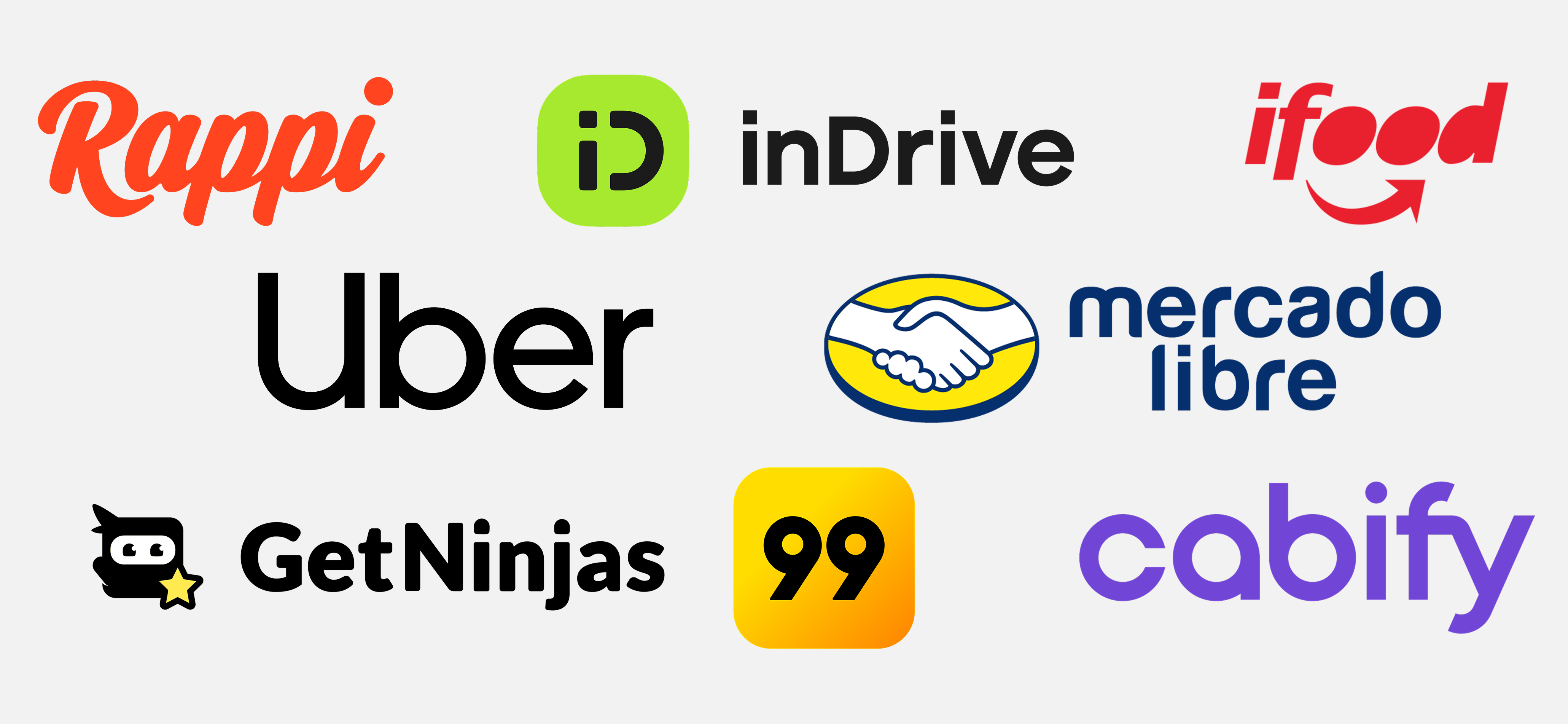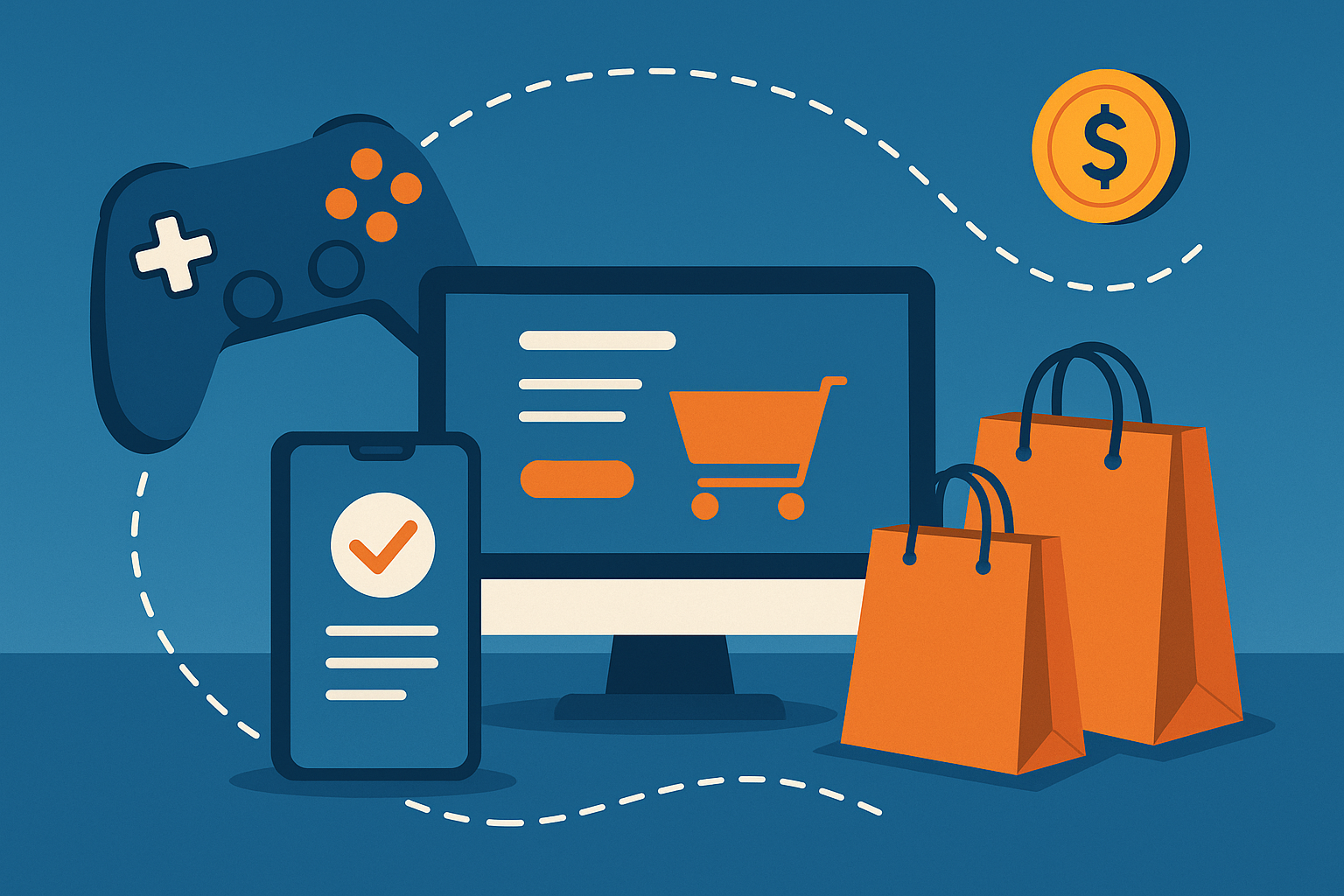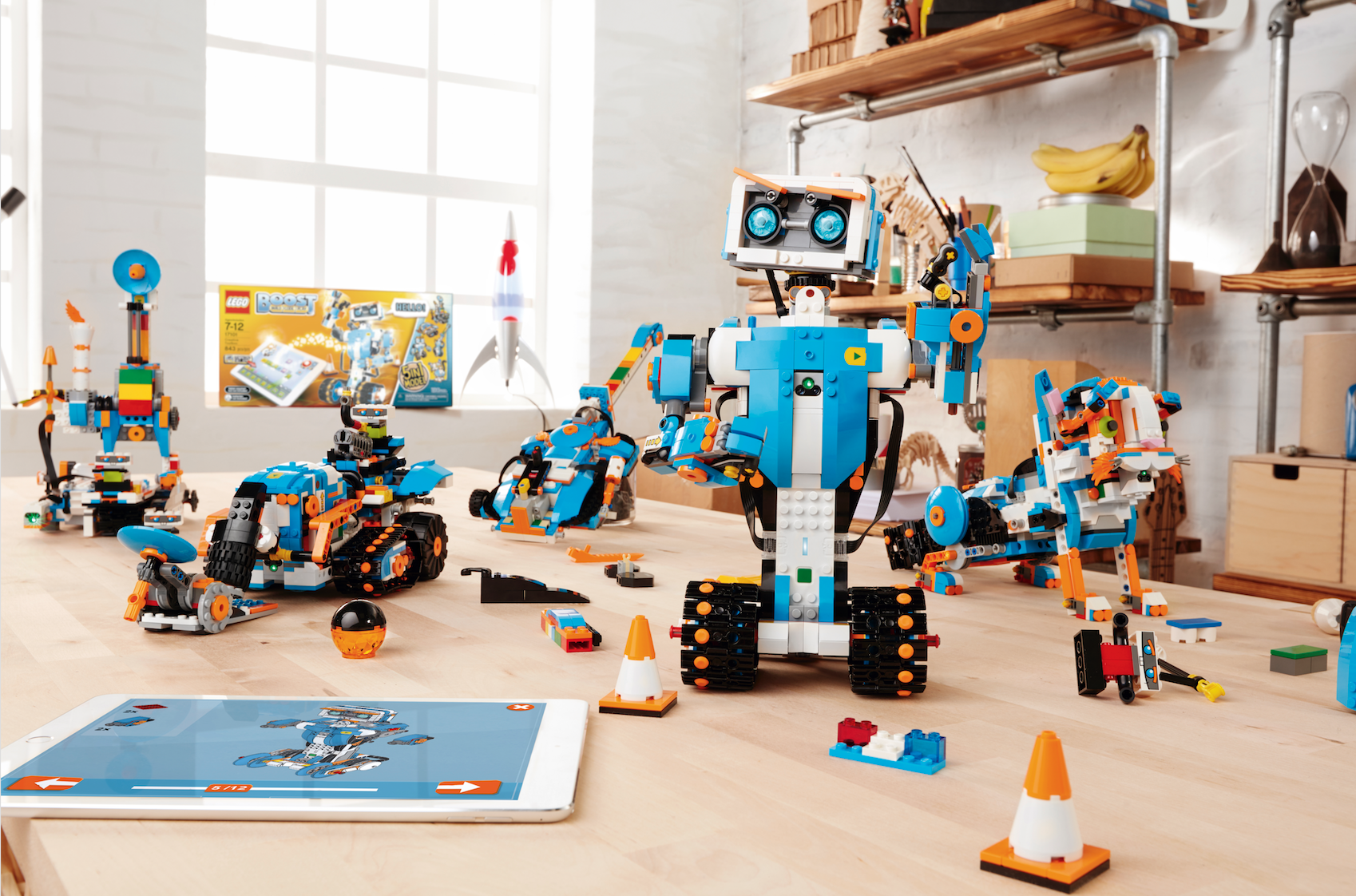At Konvoy we believe that games continue to bleed into all areas of our lives. We have invested at the cross section of games and defense, education, regulation and more, and the distinction will only become more blurred across verticals and industries.
This week we want to dive into how games and gamification has bled into the restaurant industry, how it is helping solve some of their hardest problems, and see what may be next.
Games Are Not For Everyone: Sneak King
We have written in the past about how games are not for everyone. Creating a game for an online platform like LinkedIn or Netflix can be complex, and the company must ensure that the type of game it introduces aligns with existing user behavior and that the value of playing the game aligns with the company's core value proposition. However, this is just table stakes for the decision. Companies need to also consider IP risk, development costs, and the fact that making a game is exceptionally difficult.
That being said, the allure of games is strong. Games can be used as an extension of your intellectual property, a way to engage a new or existing part of your user base, or as a retention tool to keep them engaged.
The restaurant industry also noticed this, and in 2006 one of the more famous restaurant games was released. Sneak King, a stealth food-delivery themed game developed in partnership with Burger King, was one of three games sold by Burger King for $3.99 on top of the price of a kids meal. Despite receiving a 5.5/10 from IMDb, the series sold 2.7M copies and still lives on in different forms in pop culture today.
However, Burger King was neither the first nor last restaurant chain to dip their toes into gaming, and over time, each example was met with varying degrees of success. In 2019, KFC launched I Love You, Colonel Sanders! (very positive reviews on steam), and Wendy’s launched a tabletop roleplaying game called Feast of Legends, which they had featured on Critical Role (and was met with intense fan backlash).
Over time, and as narratives have shifted away from games and the “metaverse”, there have been fewer restaurants attempting to use games as a means to reach customers; however, they have not given it up entirely.
The Gamification Of Restaurants
The restaurant industry is fiercely competitive, especially at the highest levels where margins are thin and customer loyalty is hard-won. To stand out and drive repeat business, restaurants are constantly experimenting with new strategies. Meanwhile, game companies have long grappled with similar challenges around user acquisition (UA) and retention, and they have developed sophisticated solutions. Rather than creating games outright, restaurants have been adopting principles of gamification to enhance customer engagement and foster loyalty in fresh, compelling ways. Gamification is application of game-design elements and principles like points, levels, challenges, rewards, trophies and rewards, to non-game contexts in order to increase engagement, and retention.
Social Features & Trophies:
- Companies like Foursquare introduced apps which use social components to engage customers. The company has two apps, The Foursquare App, which can be thought of as a “city guide” with reviews and recommendations, and Swarm which is used to check in at various restaurants. These apps have seen varying degrees of success, with the former shutting down as of December 2024, while Swarm remains running. One of Swarm’s signature features is the “mayor” achievement, where users compete with each other for the most check-ins at a specific restaurant or location to hold the “mayor” title. These types of mechanics drive engagement, which gives Foursquare more user data, which can help restaurants and other businesses be better equipped to make strategic decisions.
Rewards:
- OpenTable: OpenTable has become a major topic of conversation in the industry based on their recent point system. In an attempt to increase engagement, OpenTable has allocated points for each reservation made which encourages customers to make a reservation even if they were just going to walk in (i.e. not book in advance). This is a clever solution to engagement on the app and could dramatically increase the amount of data on each user.
- Starbucks: Starbucks rewards system launched in 2009 starting users at “Welcome Level” and allowing them to work up to Gold. Starbucks was an early pioneer of gamification techniques but their strategy has continued to evolve over time, attempting to better align reward incentives. At launch, rewards were distributed based on number of check-ins, but changed in 2016 to be purchase based (NRN).
- Devour: Devour tracks your in-game achievements, time played, and quest completions, which can then be exchanged for food orders, gift cards, and more. One of the features they use is restaurant focused quests. For example, if a player wins a game of PUBG, they are rewarded with a chicken dinner from KFC (“winner winner chicken dinner”).
Leaderboards:
- Chipotle & Strava: Chipotle partnered with Strava for a competition where fans in 25 different locations would compete in a running competition in order to win free Chipotle bowls for a year. This sparked an intense competition around the globe with some contestants running hundreds of miles to claim their free bowls. The leaderboards were closely tracked with the competition in Arizona drawing crowds to watch two competitors (one of which had been running for 40 hours straight) battle it out for the ~$700 prize.
Late Adopters:
New innovations on the cutting edge of UA for gaming and broader consumer applications are likely to continue to trickle down into other industries. Some of the trends at the cutting edge of UA and retention that we think could benefit restaurants are:
- AI Tools & Automations: According to Applovin, who specializes in mobile apps, 88% of marketers are using AI daily and 69% are integrating AI into core operations. (Applovin). This can help to automate restaurant workflows, scrape for diner sentiment, or derive unique guest insights around favorite dishes to inform menu adjustments.
- Hyper Personalization: In the same way that games are exploring the ability to personalize quests or goals, the restaurant industry could benefit from deeper personalization. This could be in the form of catering rewards to based on an understanding of customers previous food or dish choices. With more data from AI tools or innovations from OpenTable, the restaurant industry will be better equipped to execute on these.
- Influencer Marketing: Influencer marketing is by no means a new tool for restaurants, however the degree to which we are seeing them in games and apps is rapidly increasing. During a time where information and options are nearly infinite, hearing about a restaurant from someone who you respect can help offload the decision making process. Restaurants could benefit from being hyper selective, targeting influencers who exhibit their brand values and doubling down on this approach.
Takeaway: As the line between games and everyday life continues to blur, restaurants are following in the path of games and apps. While early efforts to break into gaming were largely a publicity stunt, the real opportunity lies in adopting the proven retention and engagement strategies from the gaming world. From rewards and leaderboards to AI-driven personalization, the tools that keep players hooked can help restaurants build deeper customer loyalty and unlock a competitive edge in an industry where every visit counts.







.png)

.png)


.png)
.png)



.png)

.png)

.png)



.png)

.png)

.png)
.png)
.png)
.png)
.png)
.png)



